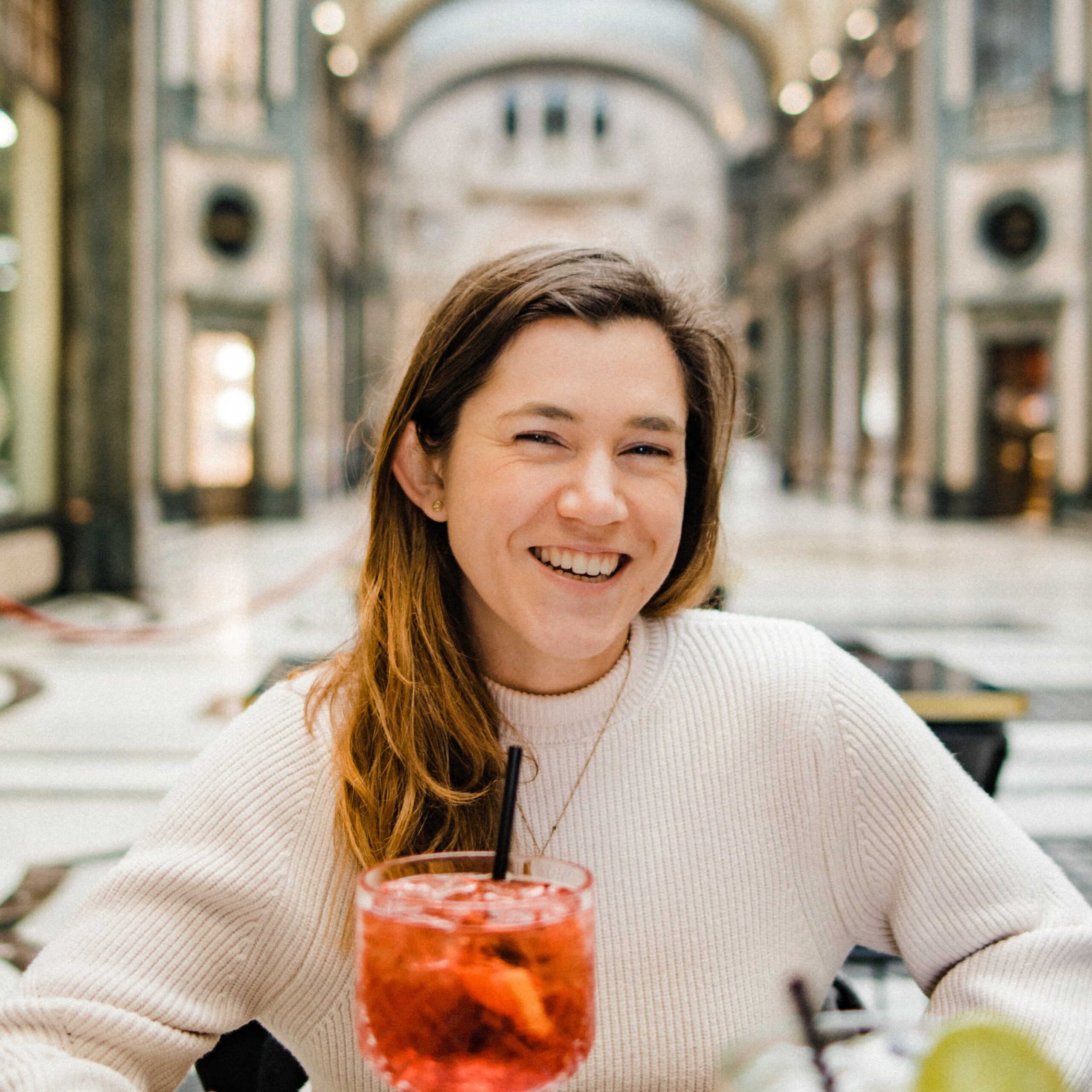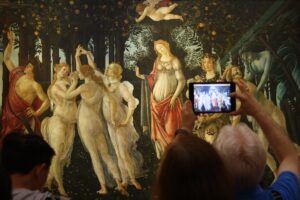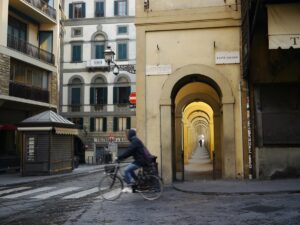Last Updated on December 6, 2025 by Emma Fajcz | Published: February 7, 2022
Can you really visit Florence without wandering through the door of one of the city’s jaw-dropping museums? The birthplace of the Renaissance has plenty of museums to explore. On your trip, you’ll be able to come close with original works by Michelangelo, Brunelleschi, and many more masters of Italian history. These 13 essential Florence museums are a door into the past, letting you explore all that makes this city one of the most intriguing in the world.
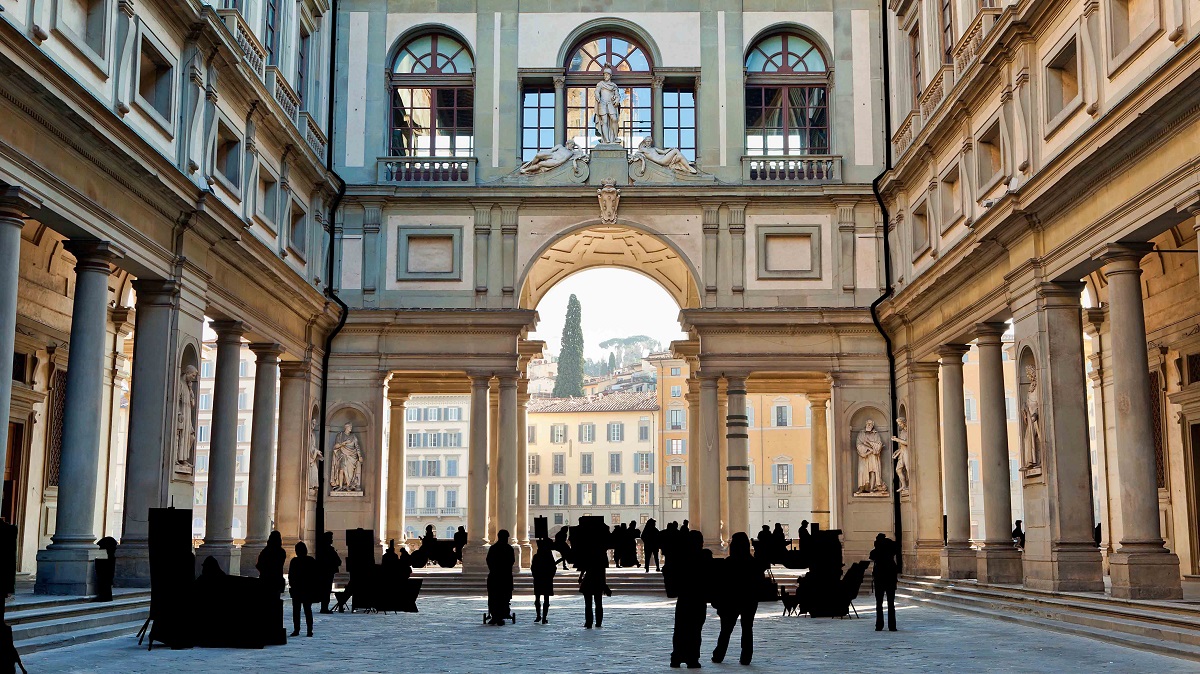
Table of Contents
Things to Know Before Visiting Florence’s Museums
- Book in Advance. This is especially important for some of Florence’s more popular attractions, like the world-renowned Uffizi or Accademia museums. If you show up the day of, you may find you have to wait in line for a while or worse, be left without any ticket at all. Make sure you check the official museum website beforehand, and you can save a few euros by booking through the museum directly as opposed to third-party sites.
- Get the Firenze Card. The Firenze card is valid for 72 hours after its first use, and gives you one entrance to all of Florence’s museums. If you’ve got this card, you won’t need to book your tickets at each individual museum; simply skip the line and go ahead into your chosen museum or exhibition.
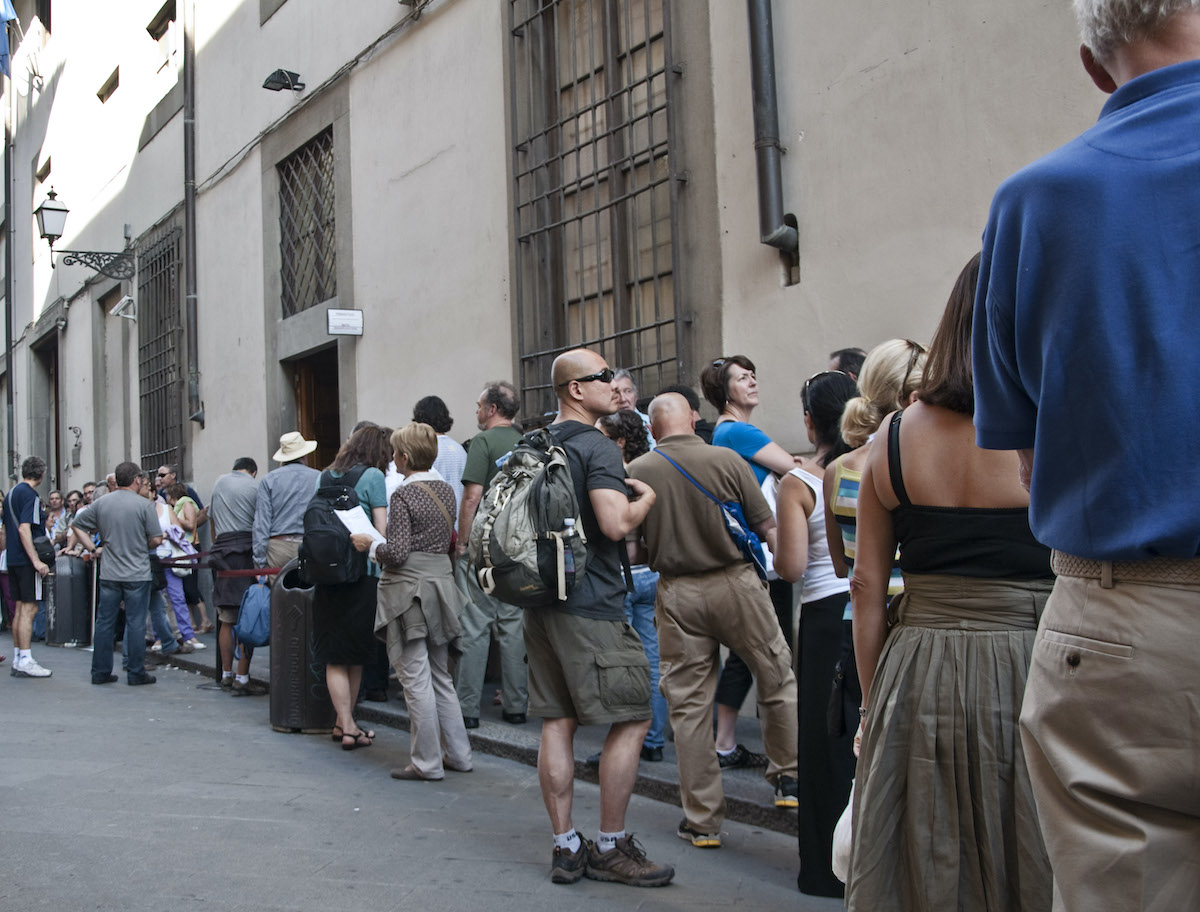
1. The Uffizi
As one of the most famous art museums in the world, you can’t miss the Uffizi on your trip to Italy. If you have time for only one Florence museum on your trip, this is definitely where you should head—and don’t forget to book in advance!
The name “Uffizi” actually refers to ufficio, or offices. The museum got its name as it was originally built in 1560 to house the administrative offices of the city as commissioned by the Medici family. It was gifted to the state as a museum in the mid-1700s. The Medici, one of the most powerful families in Florence’s history, began collecting artworks and artifacts. Slowly and over time, it grew to be the massive collection of today’s Uffizi.
What art is at the Uffizi? Along the long golden corridors of the Uffizi and hidden in the side rooms, you’ll find works such as “The Birth of Venus” and “Primavera” by Botticelli, “Doni Tondo” by Michelangelo, “Venus of Urbino” by Titian, “The Medusa” by Caravaggio, Raphael, and many more.
Address: Piazzale degli Uffizi, 6, 50122 Firenze FI, Italy

2. Galleria dell’Accademia
Along with the Uffizi, a visit to the Galleria dell’Accademia is not to be missed for true art history lovers. This is, after all, where the statue of David—whose glance has captivated thousands around the world—finds his home.
The gallery itself has been around since 1787. While originally thought of being a bit of a Michelangelo-centric museum, its collection has grown beyond the master sculptor. Today you’ll even find a unique gallery of historic musical instruments here.
While David stands bathed in light in the center, don’t skip over the masterpieces lining the hall. What looks like rough marble blocks are actually Michelangelo’s famous unfinished “Slaves.” These were non-commissioned pieces—habitual work that Michelangelo created on his own—and are stunning as you can see the full process of Michelangelo’s genius.
Tip for Visiting: You’ll discover many more beautiful pieces at the Accademia and find yourself quite in awe, but overall it’s a smaller museum than others. You can fit a visit into a morning before an afternoon of exploring the city center.
Address: Via Ricasoli, 58/60, 50129 Firenze FI, Italy
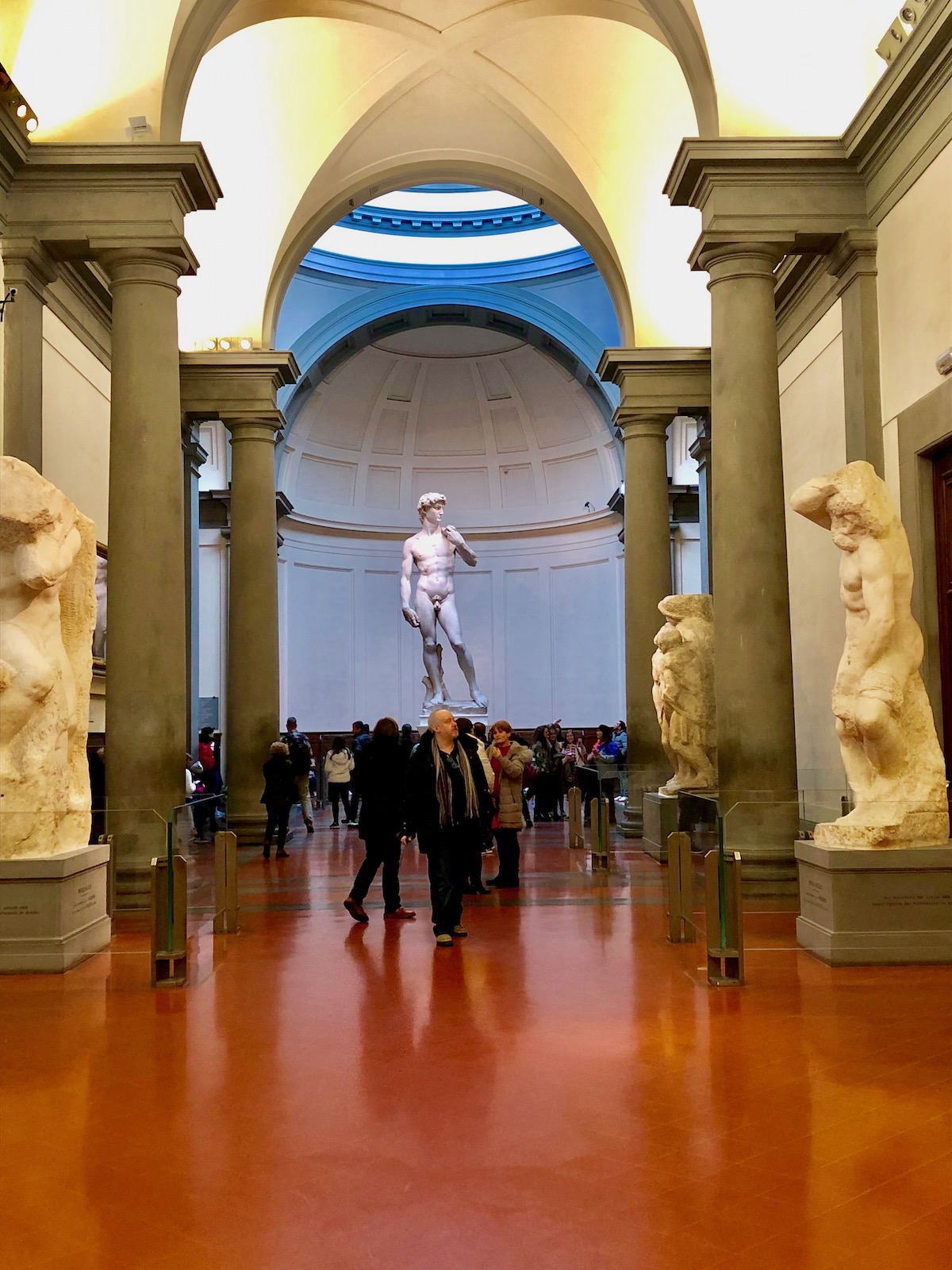
3. Bargello National Museum
Located in the stunning Bargello Palace, the Bargello National Museum is dedicated to the art of sculpture. Every room and hall is filled with marble and granite masterpieces!
For you Michelangelo fans, this is another great stop on your Florence trip—here you’ll find a room entirely dedicated to him. Look out for his famous Bacchus sculpture and “Pitti Tondo,” another famous unfinished work. The Pitti Tondo is a particularly interesting piece as it depicts Mary with Jesus, but rather than a newborn baby, he is a little toddler. Quite different from the other depictions of Mary and child.
But the works of Michelangelo aren’t all you’ll find in the rooms of the Bargello. Here you will also find masterpieces by Donatello, Ghiberti, Cellini, Giambologna, and many, many more Florentine artists.
Address: Via del Proconsolo, 4, 50122 Firenze FI, Italy

4. Opera Duomo Museum
Ever wonder what went into building Florence’s gorgeous Duomo? The church stands strong in the center of the city, the stunning dome of Brunelleschi the main element of Florence’s skyline. But it took centuries to become the beauty that it is, and you can peek into that historic process at the Opera Duomo Museum.While a museum dedicated to a church may not at first glance seem enticing, don’t overlook it! This museum is beautiful with plenty of hidden gems.
Enter this museum and look into the genius of Brunelleschi and his great dome. More than just the dome, you’ll get to be up close with the church’s historic collection of sculptures.
One of the most impressive pieces is the “Pietà” by Michelangelo (not to be confused with his sculpture of the same name in the Vatican), a unique piece that shows Nicodemus holding up the body of Christ after his death while two of the Marys help him.
This is another work Michelangelo abandoned; he was unhappy with the marble, claiming it was flawed so gave up the work. For this reason, you might notice Christ himself is missing a leg. Another curiosity about this piece is that it is said Nicodemus was actually a self-portrait of Michelangelo. The Museum of the Duomo allows you to get so close to it that it’s like seeing the great artist up close and personal.
Address: Piazza del Duomo, 9, 50122 Firenze FI, Italy
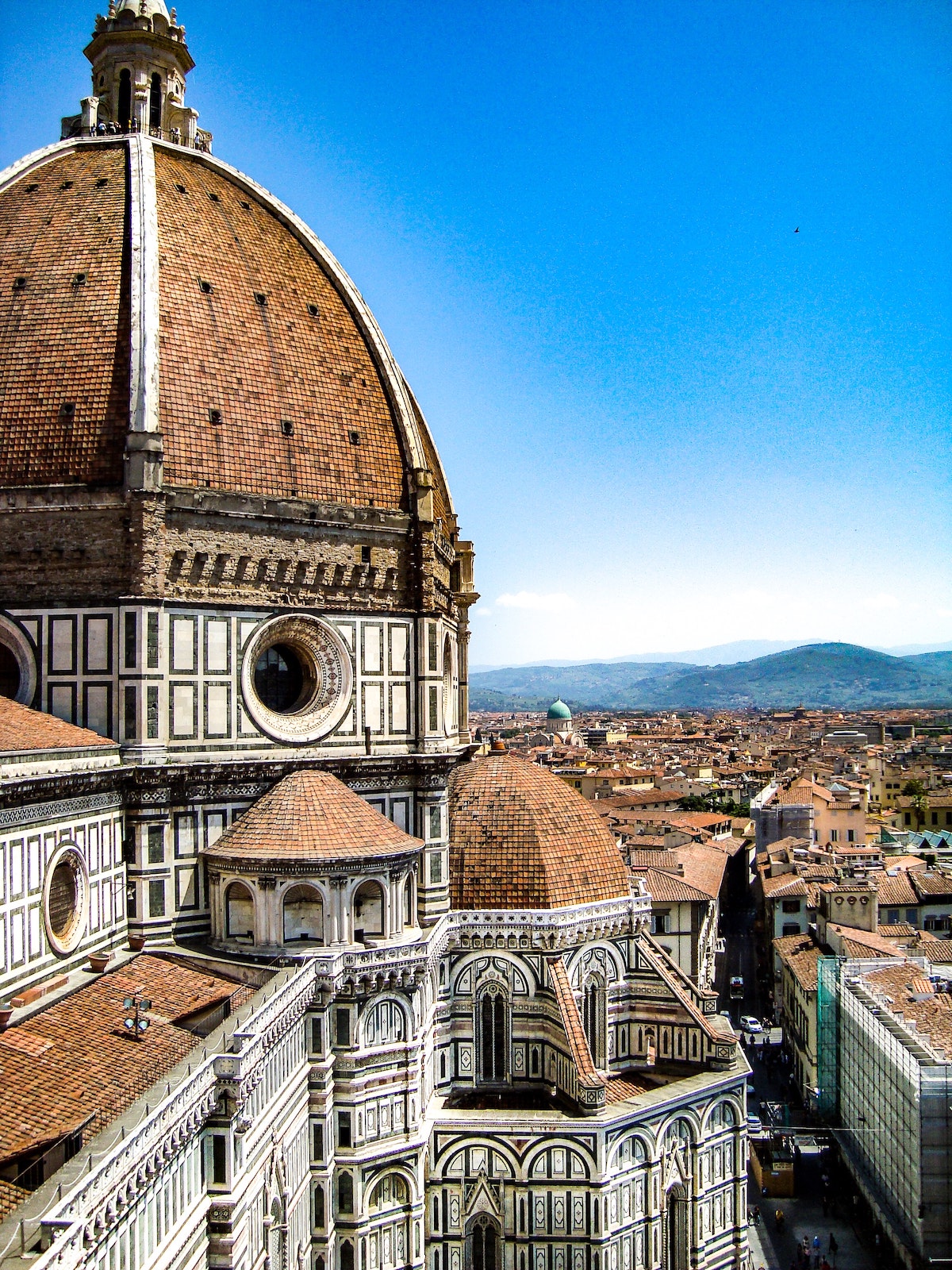
5. Strozzi Palace
For something a little different, spend an afternoon at Strozzi Palace. Unlike the Florence museums with unchanging masterpieces, Strozzi Palace is dedicated to the history of the city and hosts changing exhibitions focused on more contemporary art pieces. Their exhibition changes every few months.
Strozzi never disappoints with their exciting exhibits. Get a taste of the contemporary in the halls of this gorgeous Renaissance palace.
The palace is located right in the center of Florence, which means you can pop in for a quick visit between your lampredotto lunch and a dinner of Florentine must-try dishes.
Address: Piazza degli Strozzi, 50123 Firenze FI, Italy

6. Palazzo Vecchio Museum
Step into one of Florence’s most symbolic palaces, Palazzo Vecchio Museum, which is a true mark of the city’s architectural style to discover centuries of art history. This palazzo is one of the most interesting sites of the city, both outside and in.
You might notice that Florence’s palaces look a bit more like fortresses than fairytale castles. In fact, the palace halls were meant to double as fortifications and municipal halls. Palazzo Vecchio is where the government body of the Republic of Florence managed all city matters during the Middle Ages.
Inside, you won’t find singular masterpieces. Rather, the palace itself and its intricate design and frescos are the real attraction. This is one of the best Florence museums to visit if you’re put off by large crowds. While the piazza out front may be quite busy, not as many visitors wander into the palace halls.
At this point, you might feel like it is time for a pitstop and an aperitivo? This beloved Italian tradition offers the perfect opportunity to relax, reflect on the masterpieces you’ve seen, and soak in the city’s vibrant atmosphere. Florence is brimming with charming spots to enjoy an aperitivo to cap off your cultural adventure.
Address: P.za della Signoria, 50122 Firenze FI, Italy

7. Ferragamo Museum
Italy isn’t all ancient history—it’s also fashion! Florence happens to be home to a few of Italy’s major fashion houses. Ferragamo has had their headquarters here since 1927, and the brand showcases its beautiful history through the Ferragamo Museum.
When you’re tired of Michelangelo, take a break and have a look at another masterpiece: the beautiful shoes of Ferragamo.
At this unique museum, you’ll learn more about how these artisan shoes are designed and made and marvel in awe at the incredible shoe collection. Apart from the fixed collection, the museum also highlights a temporary exhibition of private pieces from the Ferragamo family.
Address: Piazza di Santa Trinita, 5R, 50123 Firenze FI, Italy
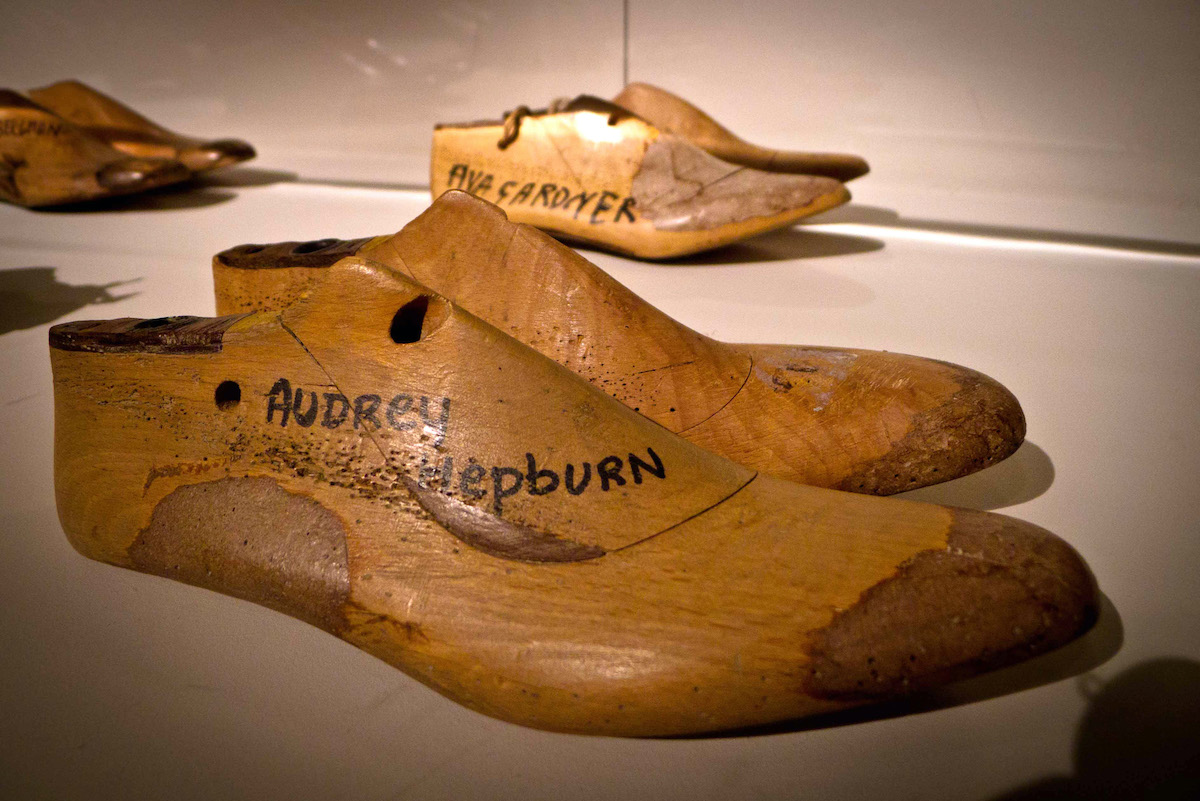
8. Gucci Garden
Fashion lovers, your fun won’t end at the Ferragamo Museum. The Gucci Garden Boutique is waiting for you just steps away from the Palazzo Vecchio.
Gucci was founded in Florence in 1921, and while the brand has reached worldwide fame, they still love to highlight their hometown. Combining the modern with ancient, the Gucci Garden showcases the fashion house’s collection along the 14th century halls of the Palazzo di Mercanzia. Discover how the brand was built and peek at the highlights of their historic collection.
But the best part? The Gucci Osteria. Gucci has teamed up with renowned chef Takahiko Kondo to bring excellent food to Florence. Dine on the best of contemporary cuisine inspired by Gucci’s youthful essence, surrounded by vintage decor. A once-in-a-lifetime experience worth the price tag!
Address: P.za della Signoria, 37r, 50122 Firenze FI, Italy
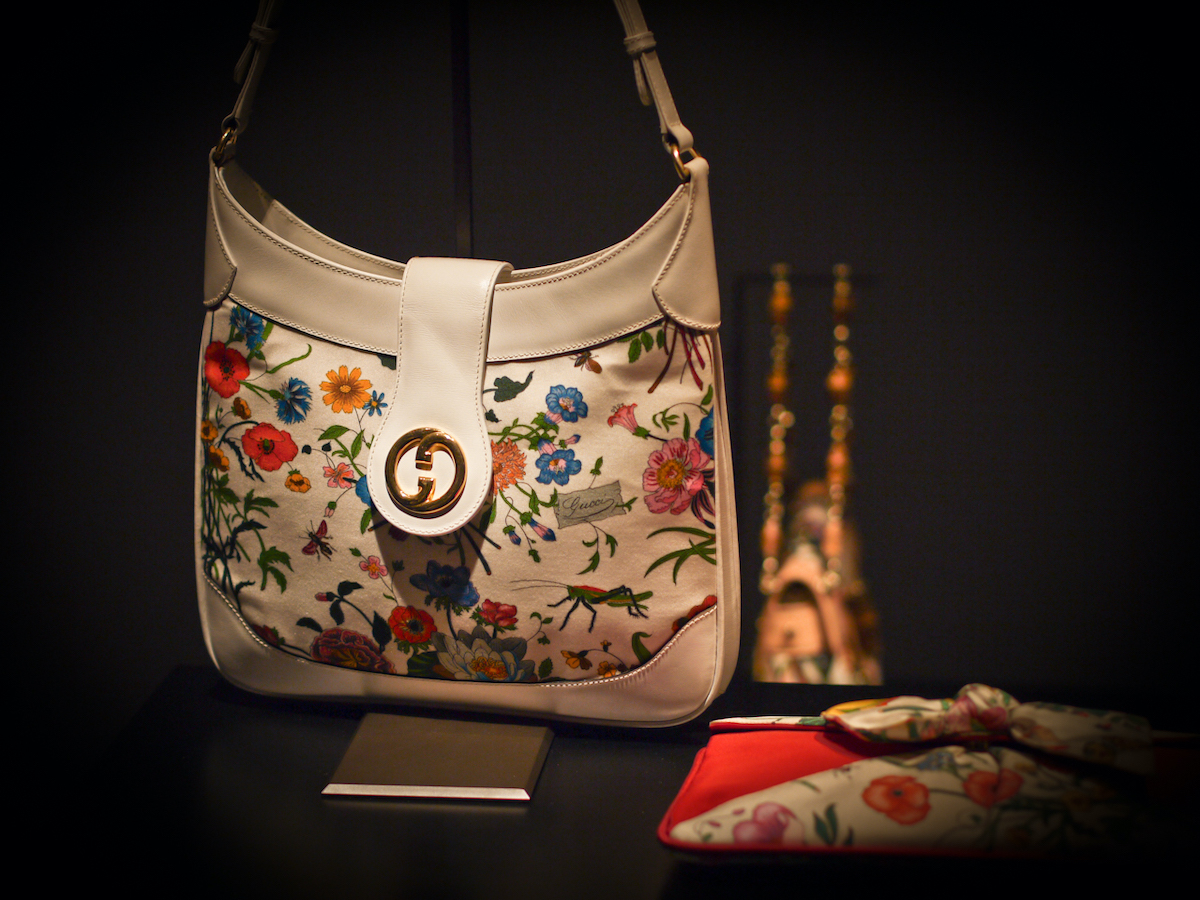
9. Leonardo Da Vinci Museum
By now you’ve explored the masterpieces of Florence’s history and the luxury of the artisan fashion houses. Now it’s time to explore the inventive side of the city at the Leonardo Da Vinci Museum.
At the Da Vinci Museum, the Niccolai family has turned their great passion for the inventor into an interactive museum for visitors from all around the world. They have taken the designs of Da Vinci and built them using methods and materials found in his own time. This is perfect for kids as well!
Address: Via del Castellaccio, 1r, 50121 Firenze FI, Italy

10. Palazzo Pitti
When you wander across the Arno and start exploring the southern half of Florence, it will be tough to miss the impressive Palazzo Pitti. One of Florence’s largest architectural monuments, the building is quite simple in decor on the outside, but its halls have much to discover. The palace is another one of Brunelleschi’s masterpieces, built in the 15th century. It has housed many of Florence’s noble families over the centuries.
A work of art from floor to ceiling, the golden Palatine Gallery is one of the most captivating galleries within the palace. Here you’ll catch works by the greats, such as Raphael, Titian, Correggio, Rubens, Pietro da Cortona, and many more artists of the Renaissance and Baroque periods. Once you work through this gallery, you’ll take a wander through the Royal Apartments, furnished halls with another collection of the great masters.
But Pitti doesn’t only take you to the Renaissance. An entire gallery is dedicated to works by 19th and 20th century Florentine artists and the collection of the Lorraine grand dukes. Your trip to Pitti Palace will also let you explore the Silver Museum, Porcelain Museum, the Museum of Costume and Fashion, and the stunning Boboli Gardens. The Boboli Gardens are the largest green space in Florence. You can truly get lost in this beautiful green architecture, which includes fountains, amphitheaters, mazes, grottoes, and treelined paths. There is so much to take in!
Make sure you plan a whole day for Pitti so you can fully explore the Palace and the gorgeous gardens. When you’re done, sit down and relax with a great glass of Tuscan wine at Enoteca Pitti Gola.
Address: Piazza de’ Pitti, 1, 50125 Firenze FI, Italy
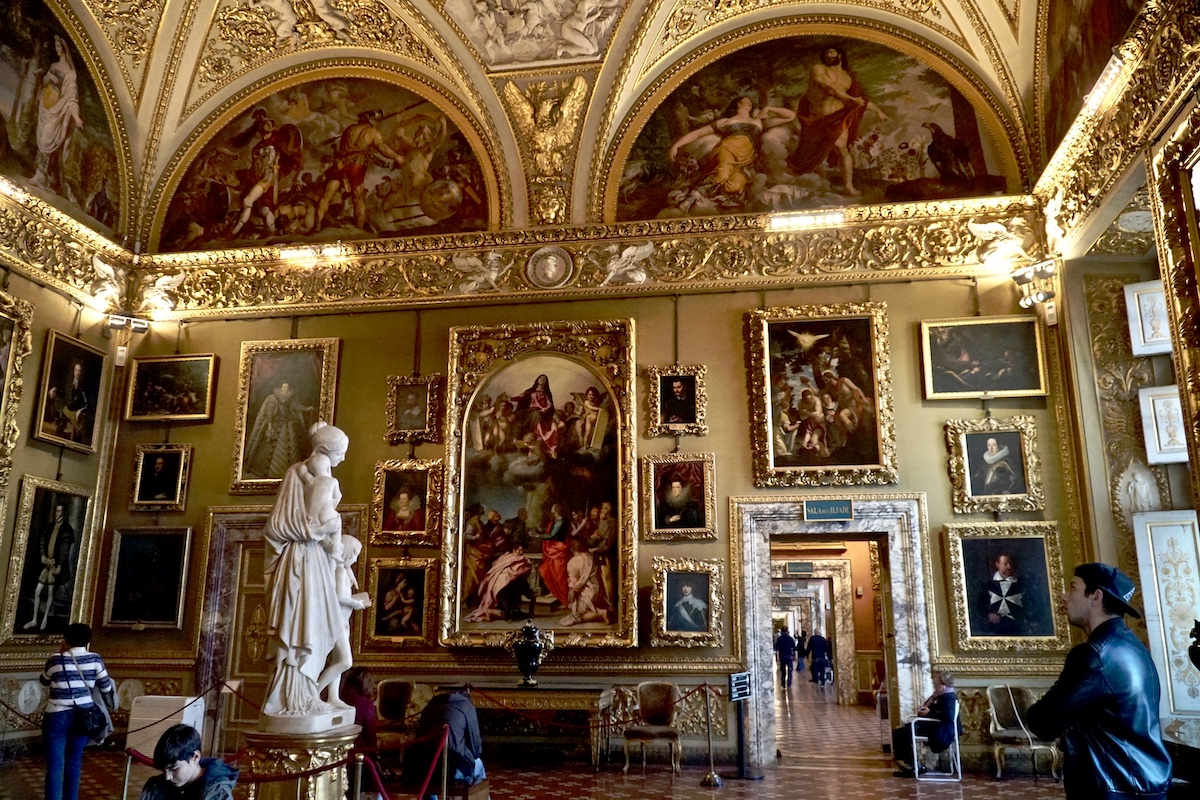
11. Medici Chapels
After you spend time discovering the busy Mercato Centrale, make a quick stop at the Medici Chapels. Just steps away from the Mercato in the Basilica di San Lorenzo, you can enter these small side chapels commissioned by and dedicated to the Medici Family.
The sculpted works are all by Michelangelo himself, showcasing allegorical figures, the classic Madonna and Child, and the patron saints of the family. While the chapel is small, the works are fantastic and are definitely worth a quick peek in. Compared with Michelangelo’s other pieces you’ll be able to see how his style evolved, especially in his Madonna and Child.
For fans of Michelangelo, this is a particularly important stop, and is worth going with a guide if you can. The chapels themselves, architecturally and through the intense sculptures are meant to reflect Michelangelo’s own spirituality, and his philosophy of human life versus life after death. Experienced in context, the Medici Chapels are some of the most impressive works in all of Florence’s museums.
Address: Piazza di Madonna degli Aldobrandini, 6, 50123 Firenze FI, Italy
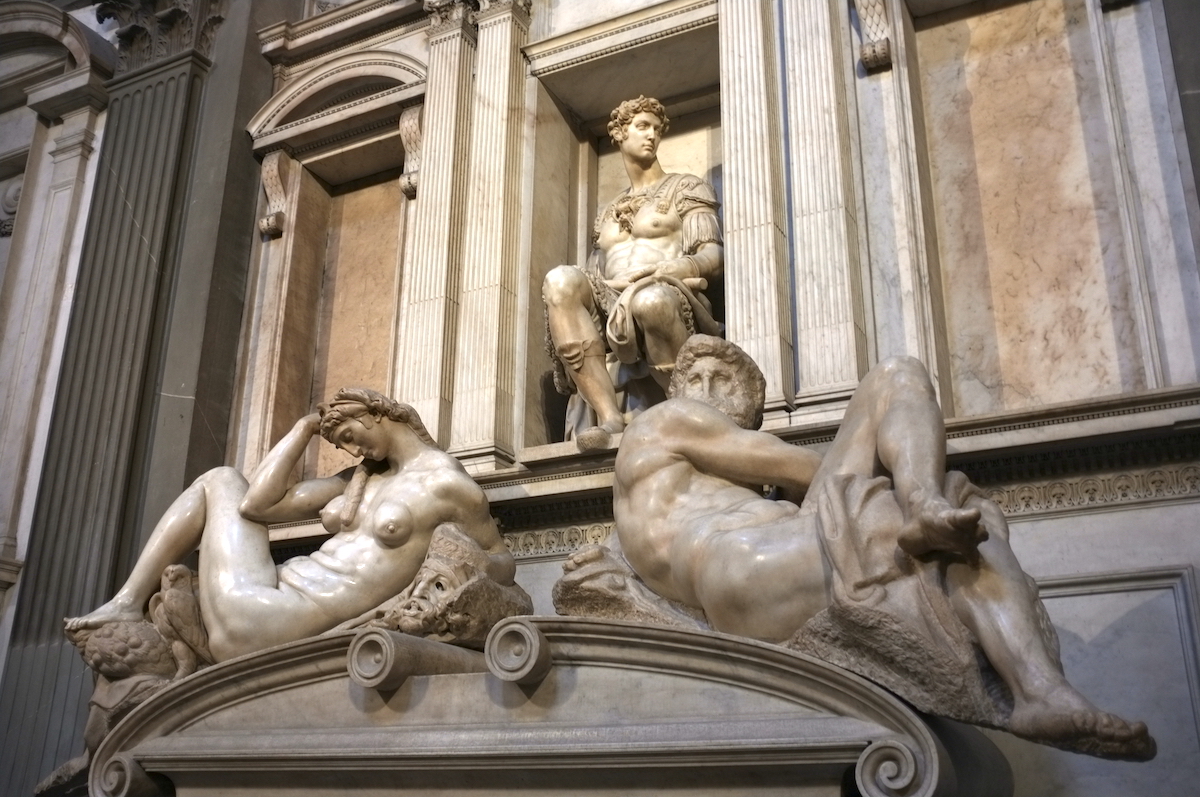
12. Galileo Museum
Take another break from art and discover the story of one of our world’s most famous scientists: Galileo Galilei Museum. Galileo’s knowledge and curiosity were much beyond his time, and it is him we have to thank for much mathematical knowledge today. Of course, one of his most important theories was that of heliocentricity—the idea that we revolve around the sun—rather than the other way around.
This museum may not be as interactive as the Da Vinci museum, but you will still learn much about the scholar’s life and discoveries. The collection holds many telescopes, maps, and other materials he would have used in his studies.
Local’s Tip: You’ll find the museum just around the corner from the Uffizi in central Florence, making it an easy reach from wherever you may be exploring.
Address: Piazza dei Giudici, 1, 50122 Firenze FI, Italy
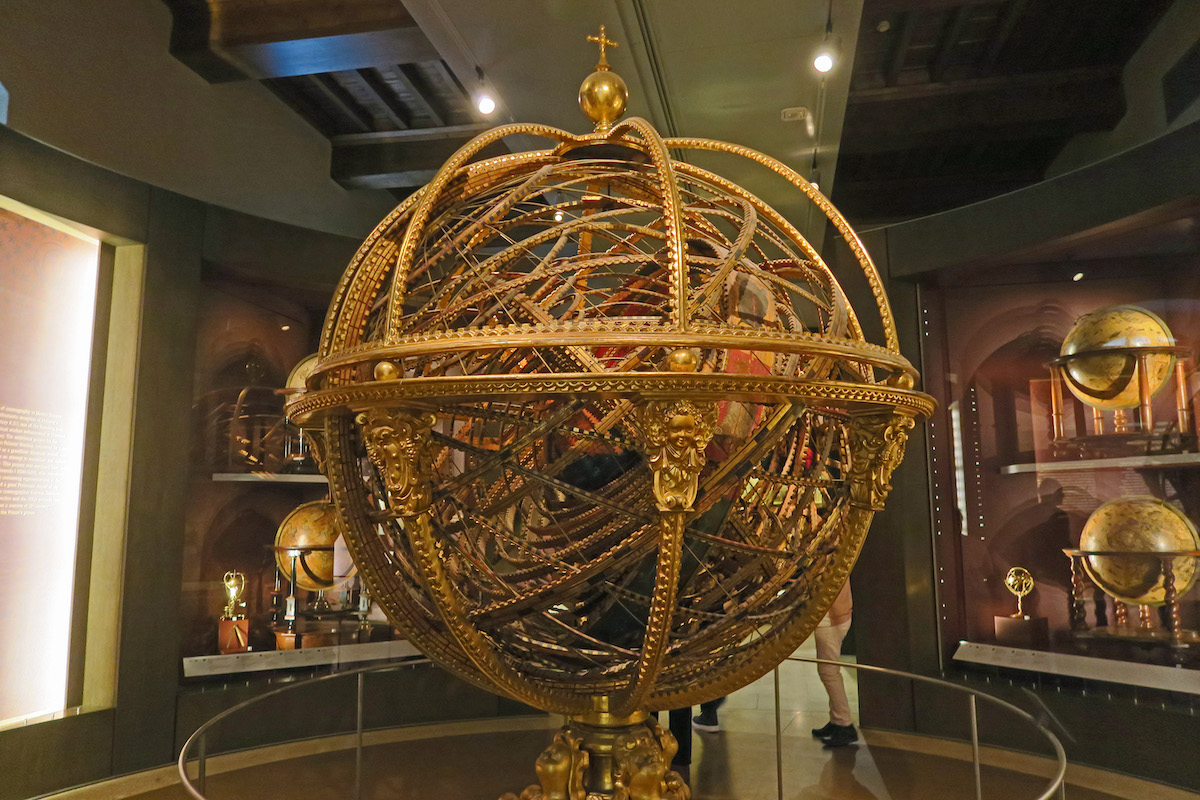
13. Apothecary Workshop of Santa Maria Novella
One of the oldest Florence museums you’ll explore, the Old Pharmacy and Apothecary Workshop of Santa Maria Novella dates back to the 13th century.
It was here that Dominican friars would gather together and work creating balms, salves, and ointments from the herbs of their garden. From this work, it wasn’t long before they naturally began to create perfumes and perfumed liqueurs as well. You can explore their elegant historic shop, lined with intricate wooden display shelves, or even take a step further and explore their small museum showcasing historic jars, bottles, and recipes.
The best part? This workshop is still in business! Every day the team crafts artisanal perfumes, beauty products, and more. They still follow ancient recipes created by the friars to recreate beloved scents worn even by royalty! Apart from some wine and cheese, one of the unique creations from this shop could be the perfect gift to bring back to your family from Florence.
Address: Via de’ Tornabuoni, 71 R, 50123 Firenze FI, Italy

Contemporary Art Galleries
After wandering in and out of historic museums, maybe you’d like to experience a little more of contemporary Florence? While there is no dedicated museum for contemporary art, you’ll find many temporary street artworks and galleries that regularly change their exhibitions.
- One of the most famous street artists of Florence is Clet Abraham, whose work you’ll find on many of the city’s street signs. He’s grown to such fame that he even opened up a little studio where you can see more pieces, and buy merchandise featuring his work.
- Studio Abba is another international contemporary art gallery that hosts their ever-changing collection in the halls of the 16th century Palazzo Rosselli del Turco. A beautiful meeting of contemporary creativity and antique skill.
- Other contemporary Florence art museums you can pop into include Aria Art Gallery, Casamonti, and the Forte Belvedere temporary exhibitions.
See Michelangelo’s David & Explore the Duomo
Experience the Tuscan capital’s top attractions on a small-group walking tour through Florence! On our Best of Florence Walking Tour with David & the Duomo, skip the line to view Michelangelo’s ‘David’ in the Accademia Gallery and the Duomo. Afterwards, explore Piazza della Signoria, an open-air art gallery where Michelangelo’s David was originally supposed to stand. Then explore the streets of Florence, taking in landmarks like the Ponte Vecchio bridge, Palazzo della Signoria, and Piazza della Repubblica.
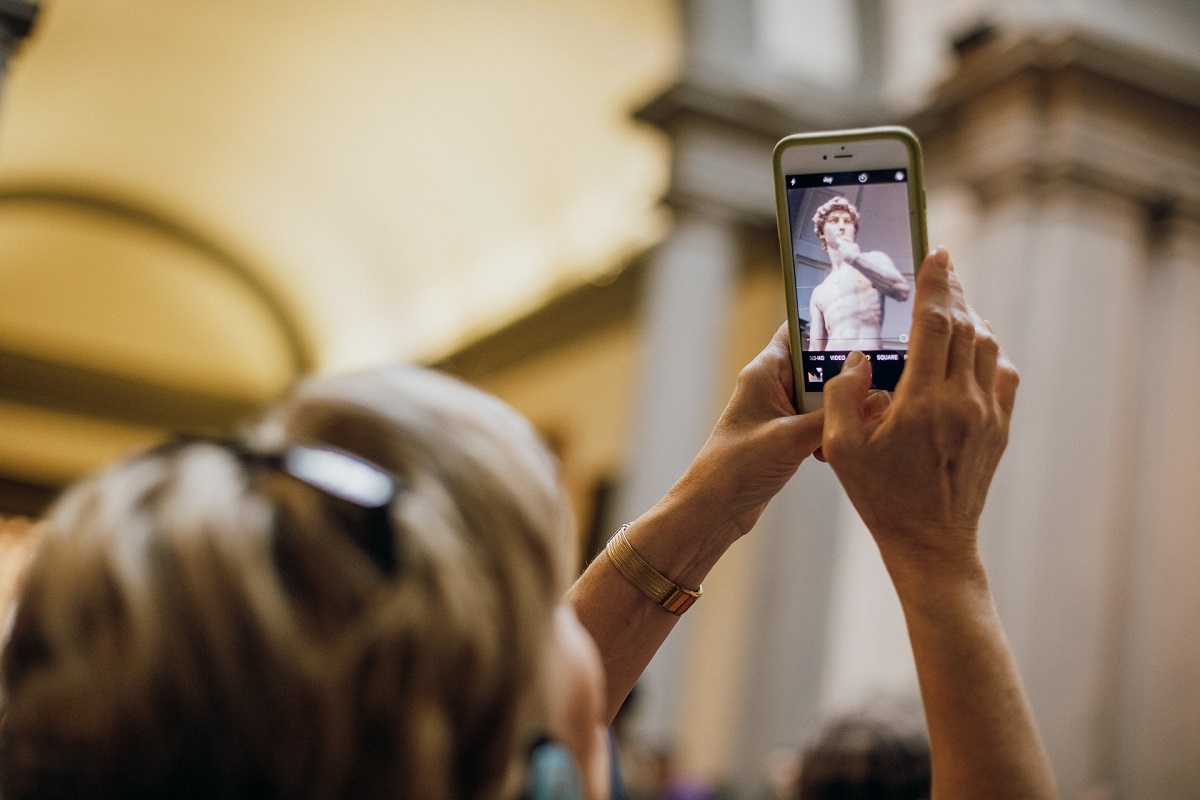
Featured Review: Best of Florence Walking Tour with David & the Duomo
⭐⭐⭐⭐⭐ “Excellent information provided by our tour guide. Statue of David was amazing and interesting to know the story behind it. Florence is a very walkable city and our guide helped us to discover other interesting areas after the tour.”
– James on Viator
Visiting Museums in Florence FAQs
Which museum is not to miss in Florence?
Which museums you shouldn’t miss depends on your interests, but the top icons are Uffizi Gallery (for Renaissance masterpieces), Accademia Gallery (to see Michelangelo’s David), and Bargello Museum (for remarkable Renaissance sculpture).
How far in advance should I book museum tickets in Florence?
For major museums like the Uffizi and Accademia, especially during high season (spring to early fall), book at least 4–6 weeks ahead, or even as far as 2–3 months in advance to secure your preferred time slot.
Can I get same-day tickets on the spot for big museums like the Uffizi or Accademia?
It’s very risky; it’s possible, but highly unlikely. These museums use timed-entry systems and often sell out early. If you show up without a ticket, you may experience a long wait or find all tickets sold out.
Which gallery is better really depends on what kind of art experience you want. The Uffizi Gallery is better for those who want a broad, immersive journey through Renaissance art, with masterpieces by Botticelli, Leonardo, Michelangelo, Raphael, and Caravaggio in a stunning historic Medici palace setting, and it typically takes a few hours to explore fully. The Accademia Gallery, on the other hand, is best if your main goal is to see Michelangelo’s David, as it offers a shorter, more focused visit—usually around an hour—centered around this iconic sculpture. In general, the Uffizi offers more overall value, variety, and historical depth, while the Accademia is ideal for a quicker, high-impact experience, especially if time is limited or David is at the top of your must-see list.
Is it a good idea to try to visit multiple museums in Florence in one day?
Probably not! Florence’s main museums are dense with art and history. Overloading your schedule will lead to fatigue and won’t allow you to appreciate the beautiful historical works. It’s smarter to visit 1–2 major museums a day, then enjoy lunch, a stroll, or a piazza break in between.
